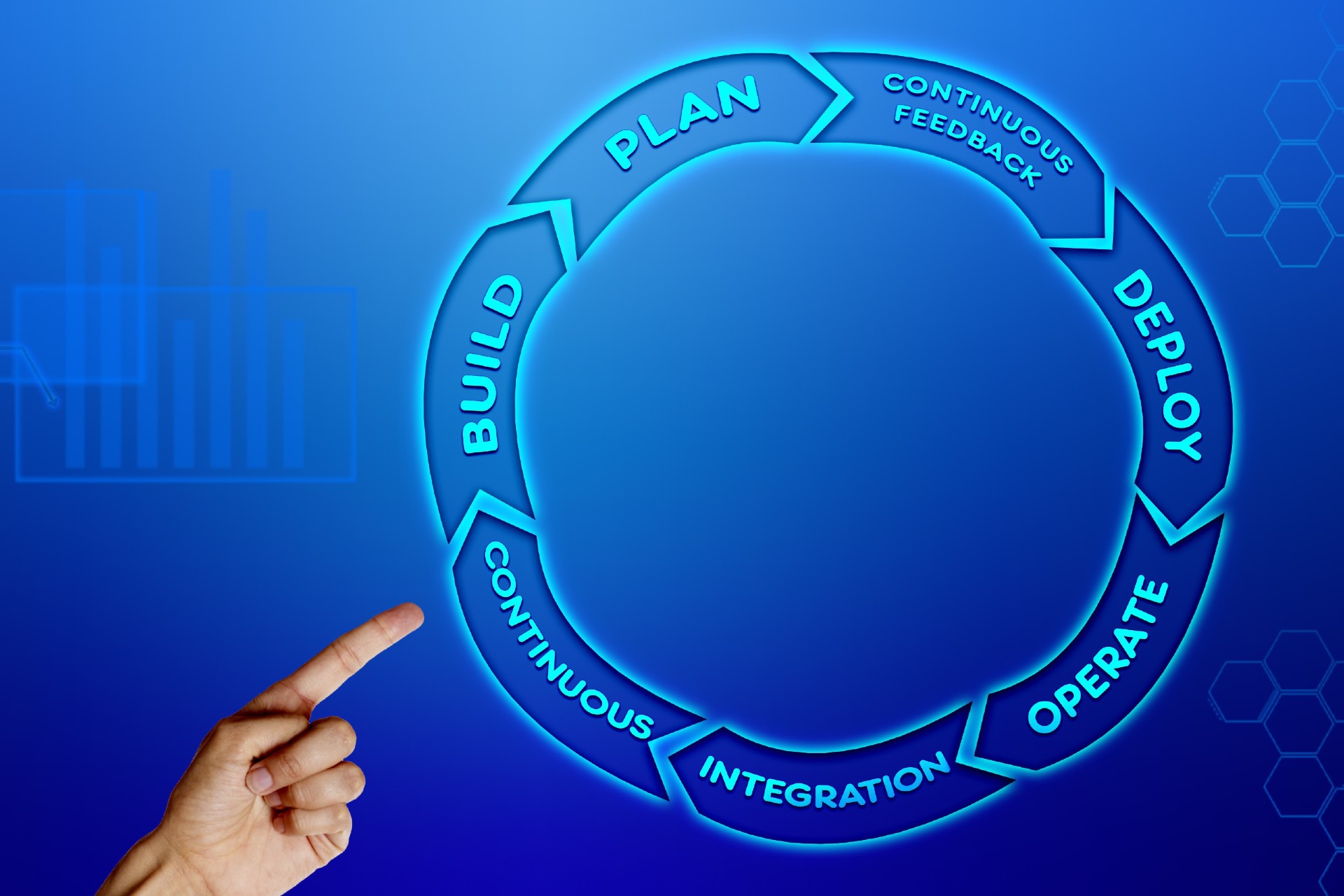Agile methodology as it relates to project management is getting more and more relevant. Consequently, an impressive number of project managers have already adopted it.
But how does the application of Agile methodology differ from traditional project management? Likewise, why is it so popular among project managers? To begin, let’s start with a quick definition.
What Is Agile Methodology?
As a project manager, you can choose from different methodologies that help you manage the projects you are involved in. The one that was the most commonly used was Waterfall project management. The main principle of the waterfall methodology was following the sequential and linear order of a task.
Nowadays, project management professionals often implement Agile project management methodologies. These were originally used in software development projects.
Agile is often referred to as an iterative process that values flexibility and constant improvement. Teams using Agile are adaptable to change and focused on customer collaboration. Agile works on the basis of continuous improvement throughout the project life cycle. This means that the teams adapt to all the necessary changes responsively.
What Is Agile Project Management Based On?
Agile methodologies are based on the so-called Agile Manifesto, which is a set of values and principles for Agile software development. Agile project methodology emphasizes of four main values, which are:
- individual people and interactions over tools and processes;
- working software over comprehensive documentation;
- customer collaboration over contract negotiation; and
- response to change over following a certain plan.
Within Agile, you can distinguish many methodologies. Examples include Scrum, Lean, or extreme programming. However, all of them need to adhere to the values of the Manifesto.
Agile in Project Management: What Are the Benefits?
Agile processes harness change. As a result, this means that the Agile team is ready to immediately react to changes in the project.
An increased level of adaptability throughout the entire team leads to the reduction of risk associated with project completion. Similarly, the team can achieve risk reduction by early and continuous delivery of feedback throughout the process.
Managers divide Agile projects into smaller parts. Subsequently, team members continuously deliver these parts to the market for evaluation. As a result, the development team working with Agile methods is more likely to meet all the customers’ expectations. Finally, the adaptive project framework and rapid application development can be the customer’s competitive advantage.
Agile project management practices postulate open communication and collaboration between team members. Likewise, the development process consists of discussion, examination, and constant improvement. Team members share knowledge between all the developers, the Scrum master, and the product owner to achieve technical excellence and introduce valuable software.
Wrapping Up
Whoever you are in your project management, consider incorporating Agile methodology into your company’s processes and procedures.
As you move forward, keep your team leads on the same page by adopting Agile best practices right from the start.










